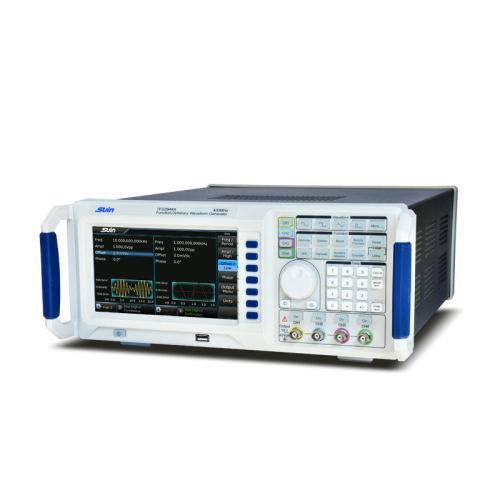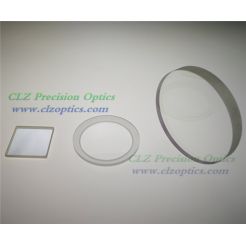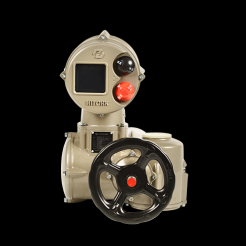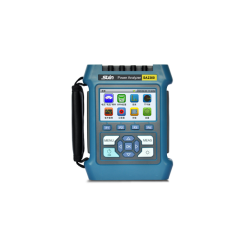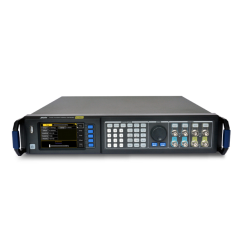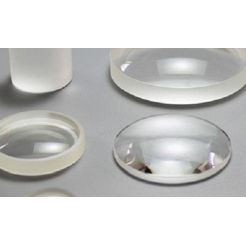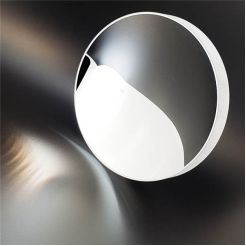400MHz Arbitrary Waveform Function Generator
TFG2900A series has 6 functions, including function generator, any waveform generator, noise generator, pulse generator, harmonic generator and frequency counter. The series includes dual and four channel models, which are completely equal.
Product Description
400MHz Arbitrary Waveform Function Generator
An arbitrary waveform generator is a sophisticated tool that allows you to create customized waveforms with precise control over every aspect. It's the go-to solution for those seeking flexibility, accuracy, and repeatability in waveform generation. Step into a world where your imagination becomes a reality!
With its advanced technology and precision-engineered design, it delivers unparalleled performance. Seamlessly switch between pre-defined waveforms or unleash your imagination with arbitrary waveforms tailored to your specific requirements. The possibilities are endless!
Applications
Unlocking limitless possibilities, our waveform generator is a versatile companion for engineers, researchers, and enthusiasts alike. Whether you're conducting groundbreaking experiments or developing advanced circuits, our waveform generator is here to empower your creativity.
It is widely used in: Education, R&D, Production, Test
Design Features
1. 7 inch touchscreen display for a easier operation.
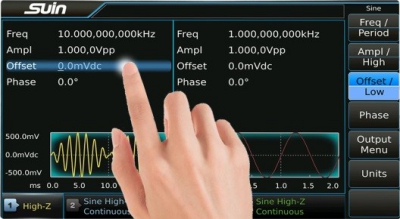
2. True four channels with same characteristics.
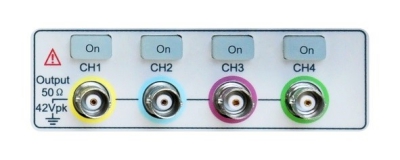
3. 1.2GSa/s sample rate and 14 bits vertical resolution.
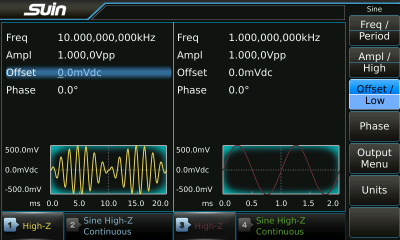
4. Support multiple signal outputs.
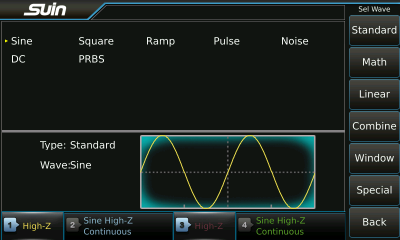
5. Rise/Fall time of pulse less than or equal to 2.5ns.
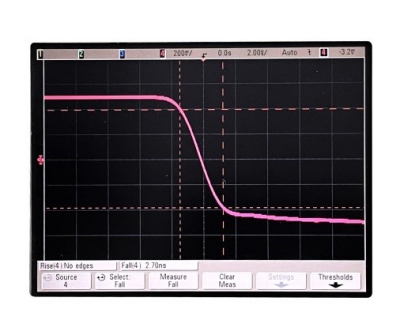
6. Advanced waveform sequence function.
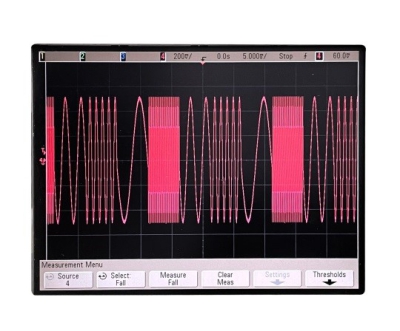
Our signal generator function goes beyond traditional generators, offering a comprehensive range of features. Explore a multitude of waveforms including sine, square, triangle, and more. Harness the power of frequency modulation, amplitude modulation, and phase modulation for enhanced signal manipulation. You have the freedom to experiment, innovate, and push boundaries.
Research professionals and academics will appreciate our Arbitrary Waveform Research System. Equipped with cutting-edge functionalities and a user-friendly interface, it provides an ideal platform for in-depth waveform exploration. Dive into the depths of complex signals, study intricate circuit behavior, and unravel the mysteries of signal processing.
Questions & Answer From TFG2944A Arbitrary Waveform Generator - 400MHz - 4CH
Q: What is the bandwidth of the Suin TFG2944A? How many channels does it have?
A: The Suin TFG2944A is a 400 MHz, 4 channel arbitrary waveform generator.
Q: Does the TFG2944A have the frequency counter?
A: Yes, frequency counter could be configured as option to meet user need and can measure frequencies up to 3GHz. This allows you to measure items such as duty cycle, frequency, and positive/negative pulse width.
Q: What’s the maximum arbitrary waveform length for TFG2944A?
A: It’s 32Mpts.
Q: 1ppm is the best accuracy of TFG2944A as manual shown, is possible to improve it if user have a higher accuracy demand?
A: Yes, optional OCXO with 0.01ppm accuracy are prepared to meet user’s higher measurement
Q: What is arbitrary waveform generator?
A: An arbitrary waveform generator (AWG) is a type of waveform generator that can produce custom waveforms, as opposed to pre-defined waveforms like sine, square, etc. It allows users to input a specific waveform shape, either through a computer interface or by uploading a waveform file, and generate the output signal accordingly. AWGs are commonly used in applications such as testing complex electronic circuits, generating signals for scientific experiments, and in the development and testing of communication systems.
Q: What is the main purpose of the waveform generator?
A: A waveform generator is needed in various applications because it provides a convenient and flexible way to generate different types of electrical signals. Some of the key reasons why a waveform generator is needed include:
Testing and calibration of electronic circuits: Waveform generators are used to test and calibrate a wide range of electronic circuits by generating different types of signals such as sine, square, triangle, and sawtooth.
Signal generation for communication systems: Waveform generators are used to generate signals used in communication systems such as modulated signals, digital signals, and pulse trains.
Research and development: Scientists and engineers use waveform generators to generate signals for research and development purposes.
Power electronics testing: Waveform generators can generate signals to test power electronics devices such as power inverters, converters, and power supplies.
Medical device testing: Waveform generators can generate signals to test medical devices such as electrocardiograms (ECGs), electroencephalograms (EEGs), and ultrasonic imaging devices.
Overall, waveform generators provide a convenient and flexible way to generate different types of signals, making them essential tools for many applications.
Q: What is the main difference between a signal generator and a waveform generator?
A: A signal generator is a device that generates a range of signals with various frequencies, amplitudes, and waveforms. A waveform generator is a type of signal generator that specifically generates a set of predefined waveforms such as sine, square, triangle, and sawtooth. The main difference between the two is that a signal generator provides more flexibility in generating signals, while a waveform generator has a limited set of waveforms.
Q: How does the waveform generator work?
A: A wave generator is a device that creates waves, typically in water or air. It typically works by using a motor or other mechanical means to move a piston or other object back and forth, creating a disturbance that propagates through the water or air to create waves. Some wave generators can also use sound waves or electromagnetic waves to create the desired effect. The specific design and operation of a wave generator will depend on the type of waves being generated and the intended application.
Q: Why arbitrary waveform generator is needed?
A: An arbitrary waveform generator (AWG) is needed in various applications such as:
Testing and calibrating electronic circuits: AWGs can generate custom waveforms, allowing engineers to test and calibrate a wide range of electronic circuits.
Signal generation for communication systems: AWGs can generate complex signals used in communication systems such as modulated signals, digital signals, and pulse trains.
Research and development: AWGs allow scientists and engineers to generate unique waveforms for research and development purposes.
Power electronics testing: AWGs can generate waveforms to test power electronics devices such as power inverters, converters, and power supplies.
Medical device testing: AWGs can generate signals to test medical devices such as electrocardiograms (ECGs), electroencephalograms (EEGs), and ultrasonic imaging devices.
Overall, an AWG provides a high degree of flexibility and precision in generating custom waveforms, making it an essential tool for many applications.
